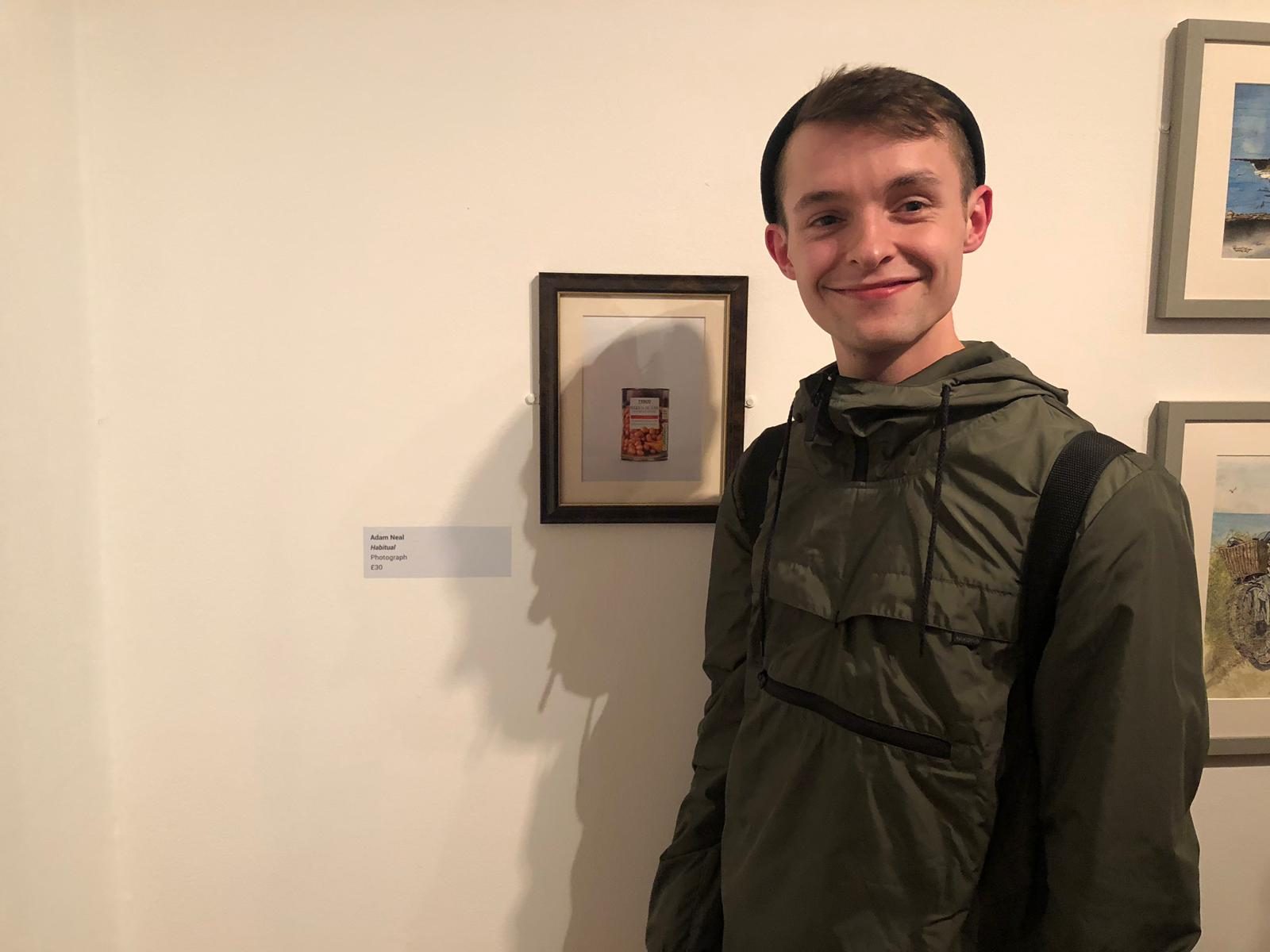Here’s the latest updates from our graduate artists-in-residence who have both had a busy month exhibiting at venues across the West Midlands and beyond!
“Comprehending the past through a contemporary lens” by Adam Neal
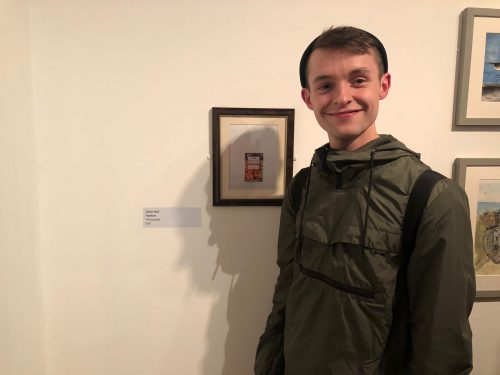 Attending Format Photography Festival in Derby was an eye-opening experience for multiple reasons. Exhibiting work collaboratively with FORM, attending photography conferences and engaging in dialogue around photography has shifted the outlook I have in relation to my practice.
Attending Format Photography Festival in Derby was an eye-opening experience for multiple reasons. Exhibiting work collaboratively with FORM, attending photography conferences and engaging in dialogue around photography has shifted the outlook I have in relation to my practice.
Throughout that weekend I became enamoured with display mechanisms and print process that were on show. The more photography, and photographers surround me the more I realise how prevalent photography is to my practice.
Previously I have alluded to the idea of photography needed activating or engaging with in relation to another process, however now I see how the print and display process can do this in certain cases. I’m beginning to view photography in a myriad of new, dynamic, and exciting ways, there was still many issues with photography as a process however I do not believe there to be a more fitting process for my practice currently.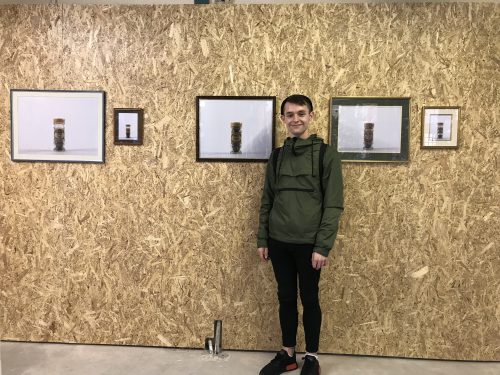
The contextual and critical framework around my practice has consistently oriented on social-class within the United Kingdom. More recently I have not been afforded the time to consolidate and build upon this knowledge, however working with The Mighty Creatives on the Change Maker Programme has reanimated this. Aiming to shift perspectives on how young people are perceived and engaged with, within a creative educational context has allowed me to interweave the critical frameworks from my own practice.
Sociology, and sociologists are slowly becoming more prominent in relation to the advancement of my practice. Working with the The Mighty Creatives in this role has elucidated the importance of challenging sociology, and how this can increase accessibility within the creative industries. I’m relating this back to my own practice, selfishly of course, but the more time I afford myself to think about this, the more I realise my contextualisation and my knowledge of this area is perhaps not as strong as it should be.
Since December last year I’ve been contemplating the necessity of a Master’s Degree. It was probably born from uncertainity, apprehension and just genuine fear for the general direction of my life. HOWEVER, now I’ve had my eyes open to how things work within the creative industries (in bits and pieces essentially) the idea of a practice based MA seems less and less meaningful.
As previously alluded to, the contextualisation of my practice is so crucial to how it is communicated, and also what EXACTLY IS BEING COMMUNITATED. Therefore, since my thinking is at present a coracle stuck within a mire of sociological thinking, this specific academic route could perhaps act as the catalyst for the advancement of my practice.
Access Denied : 360° perpetuation by Helen Kilby-Nelson
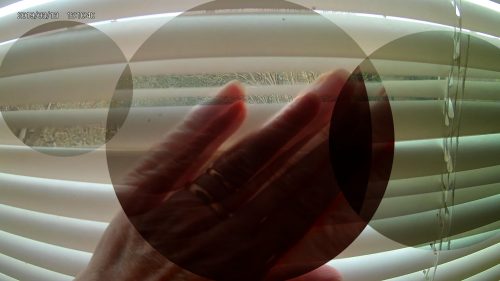 The articulation of protest has two levels. On one level, the articulation entails finding a language for protest, the vocalization, the verbalization, or the visualization of political protest. On another level, however, the articulation also shapes the structure or internal organization of protest movements. In other words, there are two different kinds of concatenations: one is at the level of symbols, the other at the level of political forces. The dynamic of desire and refusal, attraction and repulsion, the contradiction and the convergence of different elements unfolds on both levels. In relation to protest, the question of articulation concerns the organization of its expression—but also the expression of its organization. (Hito Steyerl:The Articulation of Protest)
The articulation of protest has two levels. On one level, the articulation entails finding a language for protest, the vocalization, the verbalization, or the visualization of political protest. On another level, however, the articulation also shapes the structure or internal organization of protest movements. In other words, there are two different kinds of concatenations: one is at the level of symbols, the other at the level of political forces. The dynamic of desire and refusal, attraction and repulsion, the contradiction and the convergence of different elements unfolds on both levels. In relation to protest, the question of articulation concerns the organization of its expression—but also the expression of its organization. (Hito Steyerl:The Articulation of Protest)
Two projects co-exist and create a tension as each encroaches on the space of the other within my thought processes. I struggle to separate them, I work between them to find the commonality because at some point I am sure they will collide. Ever aware of the months disappearing faster than I ever anticipate an anxiety creeps in. Disparate ideas, the edges of thoughts that I can’t quite see. Liquid bubbles, there one minute in vivid reflective beauty as the light catches their curves, with promises of something heading towards a sense of resolve. Yet, their fragility ever present, a not knowing of how long they will cohabit with me in the space. There is a familiarity within this precarious state, a recognition that this can be how work slowly emerges.
It makes sense now, why both projects are demanding my attention. There is a commonality of hegemony and hierarchy being explored in relation to both socially engaged art practice and housing status. The bubbles may no longer be physically present but their spheres of colour remain, like a Windows screensaver, bouncing gently together, overlapping within the frame.
“In 1979, half the British population lived in rented council accommodation; today, that figure is one-eighth. Many of these are the people who got left behind in the Thatcherite and Blairite stampede for wealth, self-improvement and property ownership.”
“The past decade or so has witnessed the rise and rise of a savage snobbery that selects for vilification the most systematically deprived and excluded British citizens.” (Wise. S. 2007. The Guardian on Hanley. L. Estate)
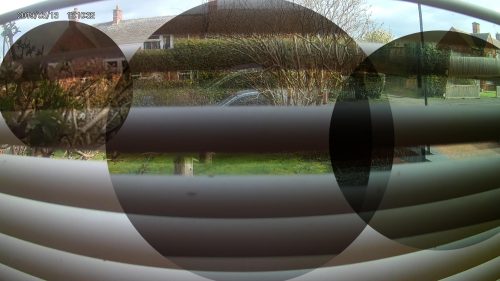 I think of Bordieu “there is a struggle for hierarchy between the different hierarchies”, when facing savage snobbery. Once a hierarchy is established hegemony will follow ergo stigma is perpetuated. Which is worse, the savage snobbery or the inverted snobbery?
I think of Bordieu “there is a struggle for hierarchy between the different hierarchies”, when facing savage snobbery. Once a hierarchy is established hegemony will follow ergo stigma is perpetuated. Which is worse, the savage snobbery or the inverted snobbery?
Journalist Lynsey Hanley, in her books about working class life and growing up on a large council estate in Birmingham, speaks of ‘walls in the mind’ and ‘glass walls’, when attempting to excavate the challenges of social mobility. I see these walls as magnifying glass balls of ever perpetuating opinion based on disinformation.
Spheres, triangles and cubes, jostle amongst the liquid bubbles, fragmented sentences, and visceral feelings.

